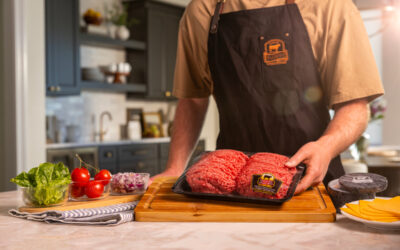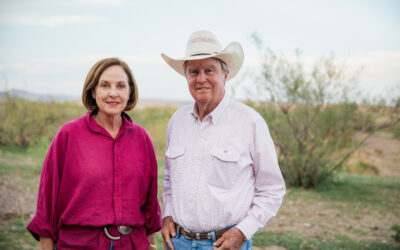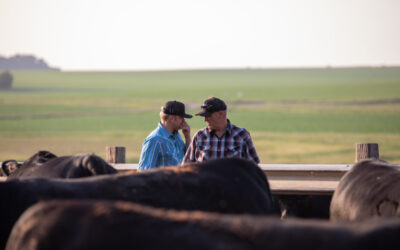
Moving the market
November 28,2011
Here’s your Meat Market Minute for the week:
Packer buyers this past week were purchasing a full week’s worth of cattle and did so in just 3 days (Holiday shortened). Expectations coming in to that week were for steady to lower values, especially given the weakness in the futures market (Dec $121.30). However, packers raised their bids on Wednesday to $123/$124 in the South and $127 in the North in order to lock up needs prior to the long weekend.
Despite attention being turned to turkeys and hams, all quality levels of boxed beef moved up last week. Packers continue to push boxed values higher to work toward black margins, and reports estimated those had been running as low as -$60/head. With this in mind, many in the beef industry expect cattle harvest numbers to be subdued through the remainder of 2011, as live cattle are likely to stay above $120/cwt.
‘Till we meat again,
-David
David O’Diam is CAB’s assistant director of packing. A born-and-bred Ohian who holds an undergraduate and master’s from The Ohio State University, David makes connections, educates and is the go-to guy for anything CAB Prime or CAB Natural. He also watches the markets, both live cattle and boxed beef, like a hawk. He keeps our sales and supply development staff (and you!) updated on weekly trends in the beef trade.
You may also like
Success, Despite Challenges
Today’s market is complex and competitive. The collective effort of stakeholders across the supply chain positions Certified Angus Beef to meet the record demand for premium beef moving forward. Signals across the beef industry are clear and Angus farmers and ranchers seeking high-quality genetics that deliver premium beef are producing a product in high demand.
An Unforgiving Land
What makes a ranch sustainable? To Jon, it’s simple: the same family, ranching on the same land, for the last 140 years. The Means family never could have done that without sustainability. Responsible usage of water, caring for the land and its wildlife, and destocking their herd while the land recovers from drought.
System Over Scale
For Dallas Knobloch, it’s not about being the biggest feedyard—it’s about building a high-quality system that works. Today, with Tory’s wife Sadie and daughter Ivy, the Knobloch family owns and operates 4K Cattle. They feed 2,500 cattle at eight locations within 10 miles of home, manage 1,000 acres of crops and run a 125-head cow herd, all near Hills, Minn.



